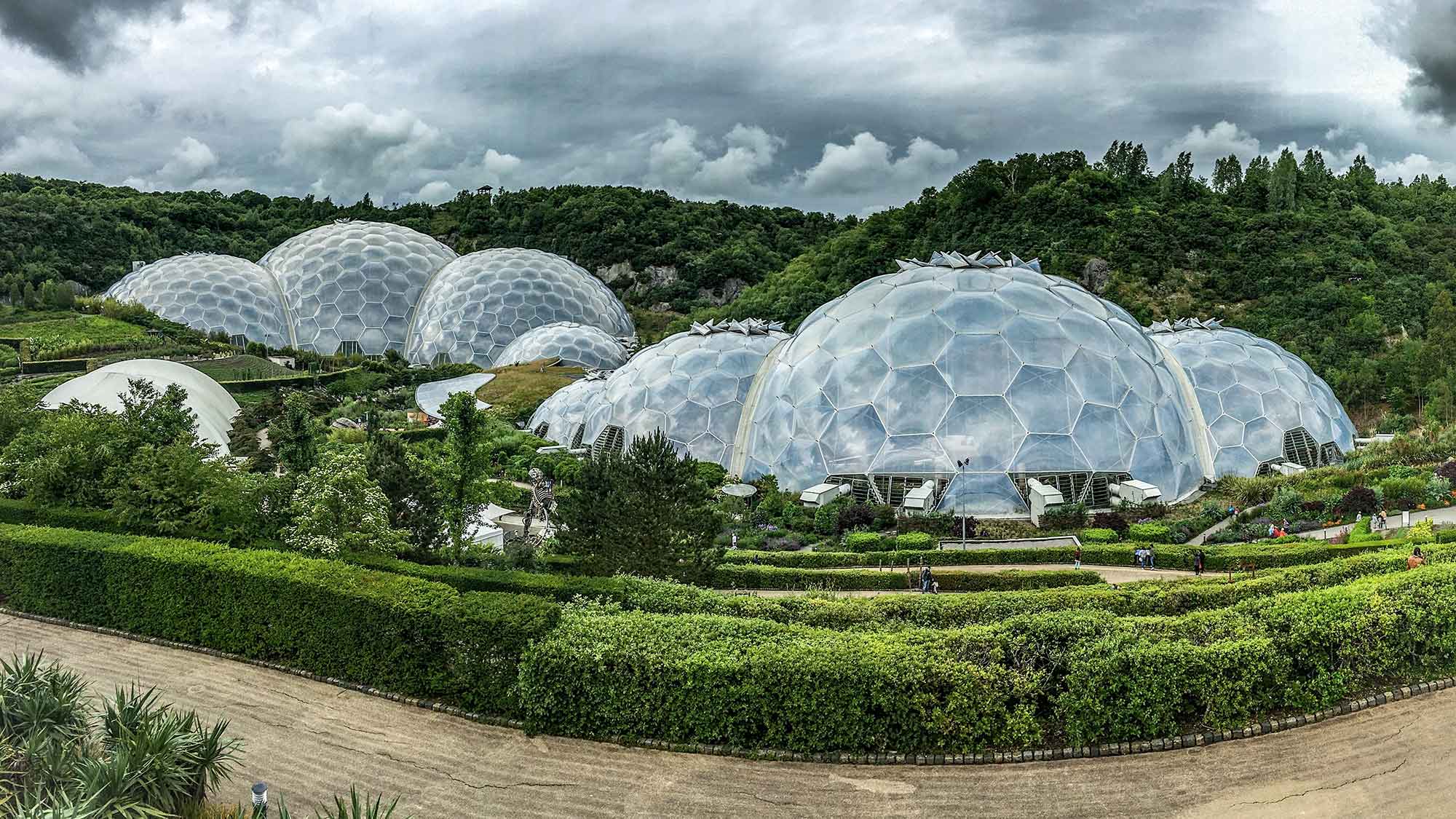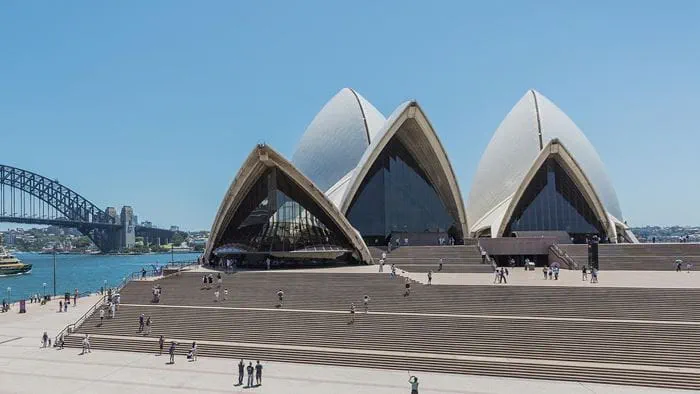In 1995, The Eden Project was just a vision in the minds of Tim Smit (who had re-created Cornwall’s Lost Gardens of Helligan) and Cornish architect Jonathan Ball.
Recreating habitats from deserts to the tropics in the world’s largest greenhouse would be an enormous undertaking. The complex process of realising that vision has involved us in every stage of Eden’s evolution.
Project Summary
20million+ visitors since opening
22litres/sec water collected
230 mileslength of the 46,000 poles that form the biomes’ structure
The sustainability challenge
-
To win investment from the National Lottery’s Millennium Commission and the EU would mean proving the viability of a major attraction in a location remote from England’s main population centres.
-
Different climatic zones and vast planting would create a huge demand for energy and water. For a project with ecology at its heart, we had to meet those needs using the fewest possible resources.
Building the business case
It takes vision to see a disused clay pit as a major tourist attraction. Our economists and planners helped define the nature, character and location that would make Eden a bankable project. We call it ‘project creation’, interrogating the potential and defining the parameters of the scheme. Positioning Eden as a part-covered extension of Cornwall’s natural tourism assets, our modelling revealed it could attract 1.5 million visitors a year. In fact, it has gone on to attract over 2 million. Together with the importance of its educational and research activities, this gave the Millennium Commission the confidence to greenlight the project.
Ecological architecture
The need for heat inspired the arrangement of Eden’s four domes or ‘biomes’. By wrapping the enclosures around a south-facing rock face, we used the stone’s natural ability to store heat to maintain temperatures. To generate that heat, we looked to the materials that would cover the biomes.
For Eden’s vegetation to thrive, the covering of the biomes needed to let through as much sun and light as possible. The very transparency that allows for the sun’s heat and light to reach the plants could also allow heat to be easily lost. To resolve this paradox, we pioneered the use of ethylene tetrafluoroethylene (ETFE). At just 1% of the weight of glass, we were able to use three layers of ETFE enclosed in a hexagonal frame. Pressurising these thermal cushions with clean, dry air created a thermal blanket for the biomes. This high-tech skin captures and keeps solar energy is so efficiently that the project’s energy consumption is even lower that originally predicted.
Finding the answer in nature
Eden’s horticulturalists needed the purest possible water to create the mist for the humid tropical biome. Anything less pure would leave mineral deposits on the plants’ surface. To deliver this purity, we channelled rain from the surface run-off of the biomes, collecting it in vast hoppers at the base of each dome. The size of these drainage channels and hoppers make for a hugely effective collection system. Eden captures enough water each day to fill 20,000 baths. The hoppers store enough water to cover a drought of up to eight weeks. Only 21% of the project’s huge water demands are drawn from mains water supply for drinking, catering and washrooms.
Designing an entire visitor eco system
The distinctive form and materials of the biomes are the most visible aspect of our contribution to Eden. Less visible but equally critical to its success were the host of other specialisms we brought to the project, from economics and traffic modelling to fire engineering and the communications and media that make a visit a rewarding learning experience. That visitor experience has made Eden the third most popular paid-for tourist attraction in the UK.
Shaping a better world
Founded by Sir Ove Arup, we are firm of designers, planners, engineers, architects, consultants and technical specialists all focused – like our work at 52 Lime Street – on shaping a better world.
 ;
;





